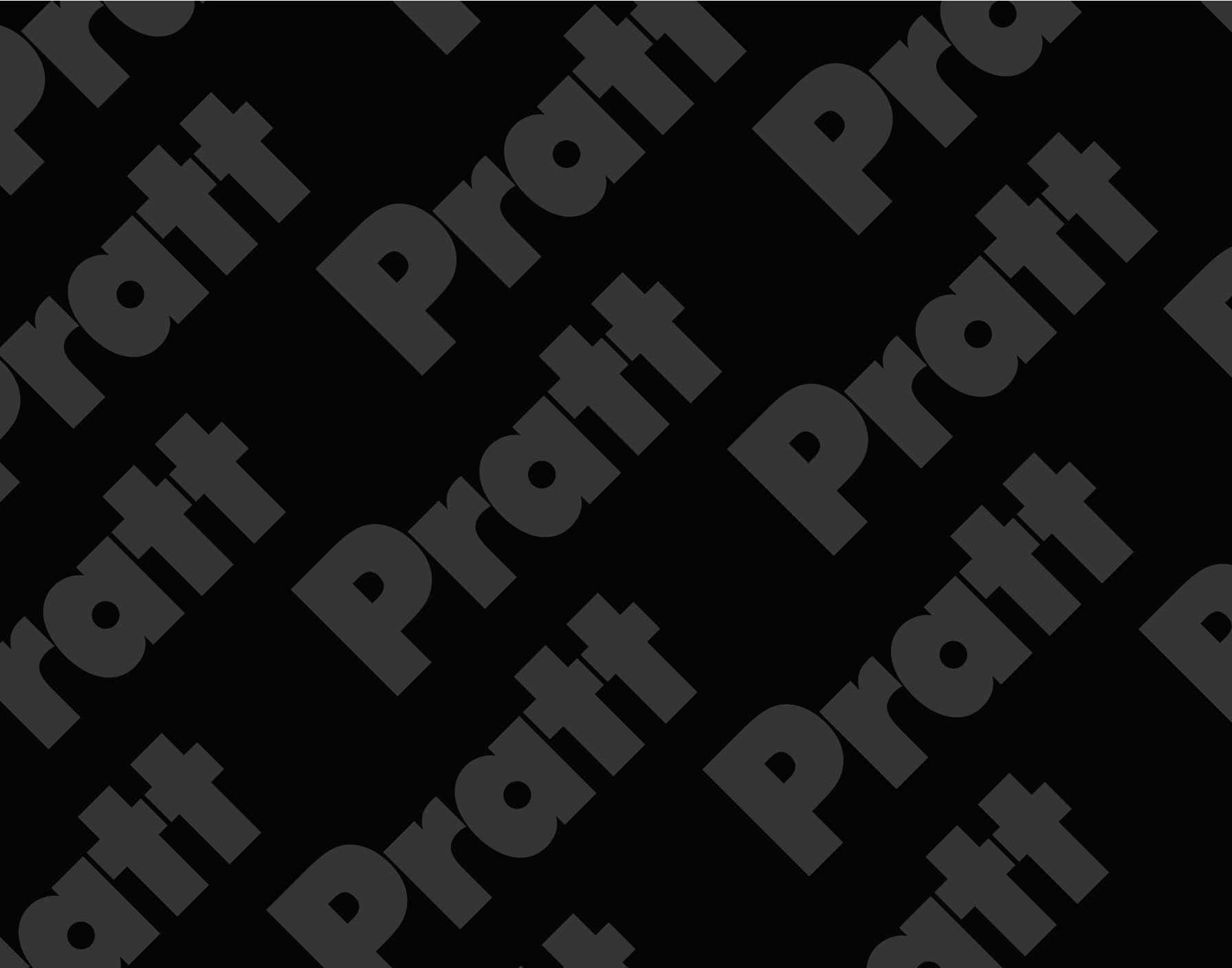Pratt Institute School of Architecture and the Pratt Library will present “Le Corbusier – Miracle Boxes,” a multidisciplinary, three-part exhibition on the work of renowned Swiss-French architect, urbanist, designer, writer, and painter Le Corbusier (born Charles-Édouard Jeanneret-Gris), who is considered by many to be the most important architect of the 20th century, starting August 30, 2010. “Miracle Boxes,” the first New York exhibition dedicated entirely to the work of Le Corbusier, is curated by Ivan R. Shumkov, Ph.D., adjunct associate professor of architecture at Pratt Institute. Shumkov will deliver an opening lecture that will be followed by a reception on September 13, 2010 at 6 p.m in Higgins Hall Auditorium located at 61 St. James Place in Brooklyn. The exhibition, opening lecture, reception, and an upcoming related symposium will be free and open to the public.
Divided into three parts, the exhibition will focus on Le Corbusier’s unique multidisciplinary approach as demonstrated in his architecture, city planning, books, paintings, architecture, and sculpture. The exhibition will provide a comprehensive analysis of the work of Le Corbusier and show how his ideas for reinventing modern living are echoed in contemporary architecture and design. The title of the exhibition refers to the architect’s concept of the boîte à miracles, a container that can be filled with “everything you dream of” that refers to architecture as a work and place of creation.
On view from August 30 to October 15, 2010 in the atrium and in The Hazel and Robert Siegel Gallery of Higgins Hall, the exhibition’s architectural portion will provide an in-depth look at more than 50 of Le Corbusier’s public buildings, including all his exhibition pavilions, museums, theaters, cultural centers, monuments, and temples. Among the projects to be featured are Pavillon des Temps Nouveaux; Pavillon for Liege/San Francisco; the National Museum of Western Art, Tokyo; Chapelle Notre-Dame-du-Haut Ronchamp; and the capitol of Chandigarh, India. The exhibition will be accompanied by films on Le Corbusier’s life and work, including Le Corbusier’s Poeme Electronique, which was originally shown at the Philips Pavilion of 1958 in Brussels, Belgium, and other documentary films.
A radical thinker and prolific writer, Le Corbusier published more than 60 books and thousands of articles. Original editions of such seminal works as Vers un Architecture, Precisions, Le Modulor, and Le Corbusier Oeuvre Complete will be on display in the Pratt Library from August 30 through November 20, 2010. In addition, a timeline of the projects displayed in Higgins Hall will accompany the book display, providing exhibition attendees with a comprehensive view of Le Corbusier’s work over time.
To give Pratt students, faculty, and visitors an opportunity to experience one of Le Corbusier’s visions first-hand, the exhibition will also include the Miracle Box: a full-scale construction based on Le Corbusier’s smallest architectural project, or a “working cell” that was originally located inside his Atelier in Paris. Measuring approximately 7½ feet cube, the project synthesizes the architecture and art of Le Corbusier. The original building contained the 1947 sculpture Ozon and the 1932 painting Verre, Bouteilles et Livres, reproductions of which will add to the realism of the structure. The exterior façades will feature a selection of the symbols published in Le Corbusier’s books, which, while not part of the original design, further represent Le Corbusier’s work. The project will be on view outside the Pratt Library starting August 30, and will be installed in the lobby of the Library as part of its permanent collection following the exhibition.
Pratt Institute School of Architecture will also host the symposium “Voyage through Le Corbusier” on Monday, October 11 from 6 to 9 p.m. in conjunction with the “Le Corbusier – Miracle Boxes” exhibition. It will include presentations by scholars Kenneth Frampton, Mary McLeod, Jose Oubrerie, Stanislaus von Moos, Deborah Gans, and Ivan Shumkov who will speak about their research on the work of Le Corbusier and his legacy – which goes far beyond the fields of architecture and art in suggesting a plan for radical social change. After the individual presentations, the symposium participants will gather for a round table discussion and public question-and-answer session.
For more information on the exhibition, lecture, and symposium surrounding “Le Corbusier- Miracle Boxes,” please visit www.miracleboxes.com.
The exhibition and symposium are made possible in part with generous support from Elise Jaffe + Jeffrey Brown.
